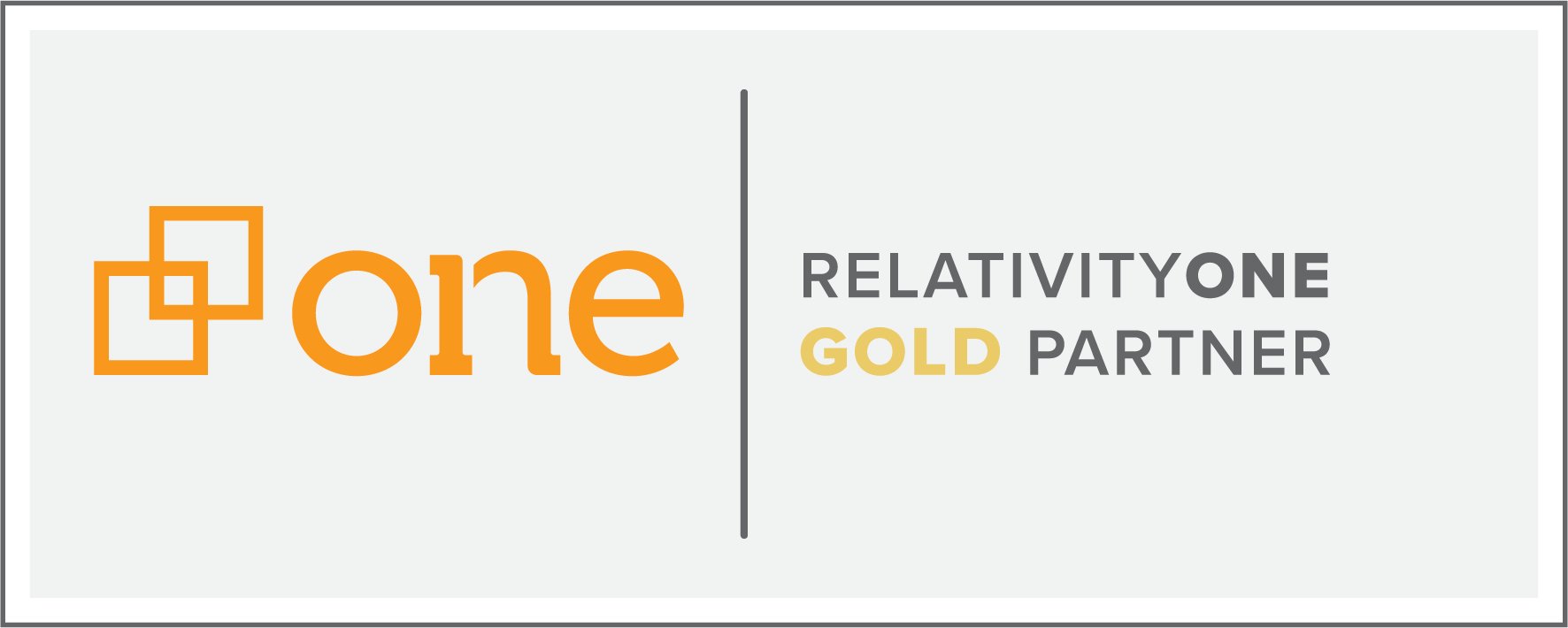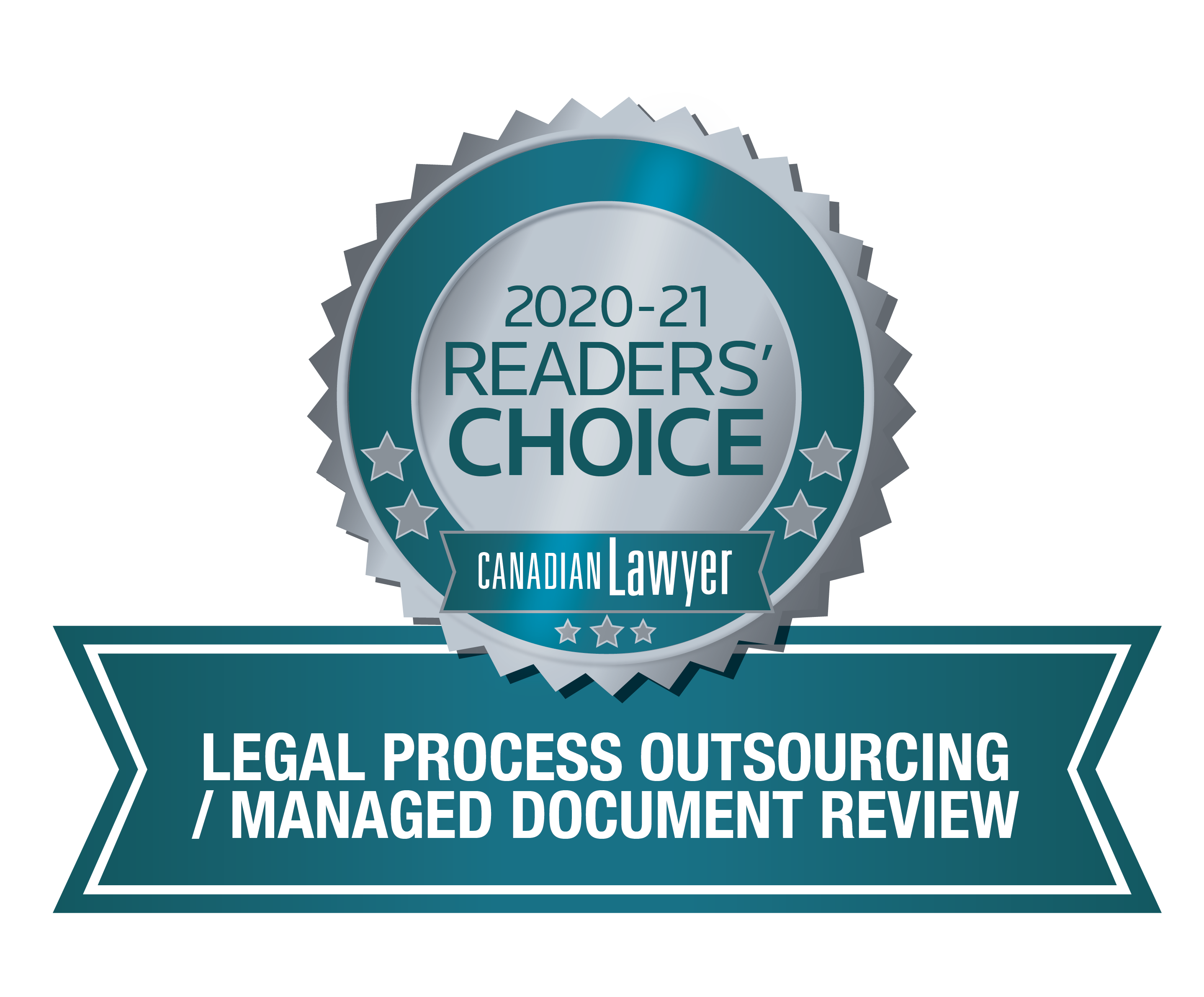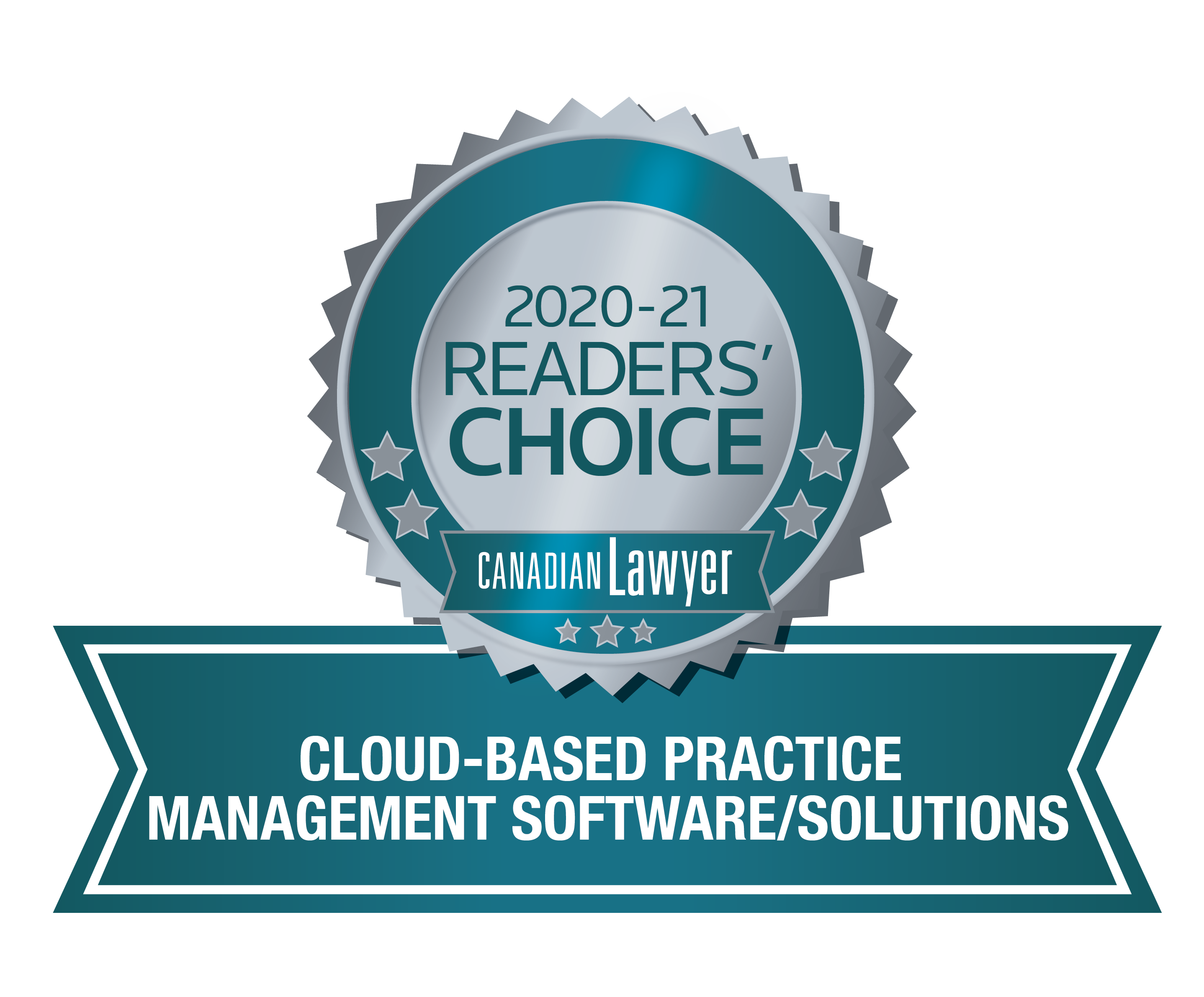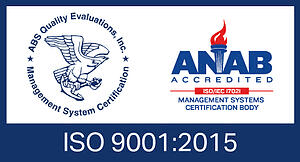Whether you have the Pinto of the review software world, or a fully loaded Ferrari, you need to make important decisions about how you’re going to conduct document review. It’s often said that the Review stage is upwards of 80% of the total cost of Litigation. Without a plan in place, that number can get out of hand very quickly. And as that number rises, so does the chance your clients will have serious questions about your billing practices.
So, What is Document Review?
Document Review is the stage in the EDRM where the documents collected from the client are reviewed for Relevance, Privilege, Issues and other criteria, with the intent of building your case. In Canada, we have the advantage of production requirements being limited to records that are both Relevant AND Material. This distinction goes a long way towards limiting the scope of production, but can also increase the amount of review that needs to be completed.
In the EDRM Model, Review falls in the middle of a grouping that also includes Processing and Analysis. Nothing is a coincidence. Every piece of the EDRM model flows together; there are no clear starts and stops. Planning your Document Review while collecting records can help you make determinations about the scope of collection, and Analysis of the documents you have already collected can help you determine where you’re missing facts or have holes in your narrative. From there you can go back and adjust the scope of collection to target what you’re missing.
 Considerations for your Review Strategy.
Considerations for your Review Strategy.
The most important aspect of developing your strategy is to step back and look at the big picture. Understanding what you’re trying to accomplish is critical to making the right decisions. Failure to plan can result in hundreds of thousands of dollars worth of extra billable time trying to get from A to B via L-M-N-O-P. That problem is compounded exponentially as the volume of documents increases.
Use the items below to start thinking about your review strategy.
-
Understand the facts and issues of the case. What story are you trying to tell?
-
Focus your document collection on the important information you need to obtain. Make determinations about where to find that data, and how broad your scope needs to be.
-
How much risk can you take that you will miss relevant documents by narrowing your scope? Narrow scope is typically more cost effective to review.
-
Determine which tools you will use to process and review documents. Your options may be limited if you have software in-house. However, you can still optimize whatever technology you have with good practices and workflows.
-
Decide on search terms, date ranges and other narrowing criteria for processing. Many iterations may be necessary to get where you want to go.
-
Use analytics (clusters/concepts, email threads, near-duplicates, categorization, trends) to help you prioritize review so the most important documents get the most attention. Analytics can complement traditional search methods by allowing you to narrow by concepts rather than exact words or phrases.
-
Set up coding protocols so all reviewers understand how documents should be marked, and which fields need to be filled out at each level of review. Taking the time at the onset ensures review is more efficient.
-
Have the client and subject matter experts (SMEs) help you identify key example documents. Ensure all reviewers understand what they were looking for.
-
Audit your review. Make sure reviewers are being consistent. Insist on additional training if required.
The problem with review is that it’s sometimes thrown together with tight timelines. Too often people feel like starting right away is essential to getting things done on time. Efficiency however, comes from evaluating and planning.


 Considerations for your Review Strategy.
Considerations for your Review Strategy.






